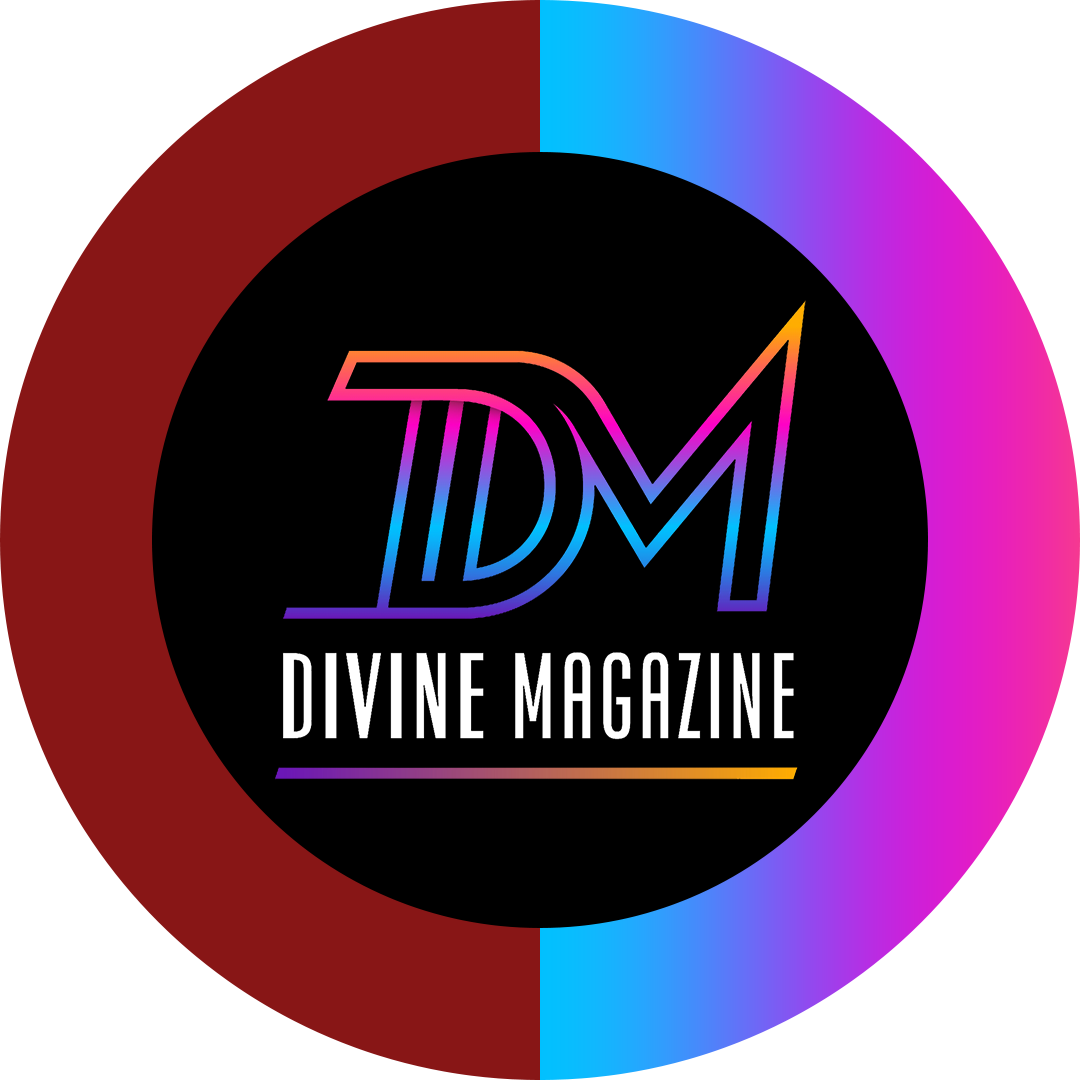Companies love to talk about diversity, equity, and inclusion. DEI is the buzzword of the decade, splashed across career pages, press releases, and mission statements. But peel back the glossy slogans, and the picture isn’t always so bright. Too often, DEI initiatives are more about appearances than action, and hidden biases still run deep in hiring and promotion processes, even among those tasked with preventing them.
The False Promise Of Meritocracy
On paper, most organizations claim to reward talent, effort, and qualifications. They say they hire the best person for the job, regardless of background. But in reality, “meritocracy” often masks a preference for familiarity. Hiring managers tend to choose candidates who feel like a good “cultural fit,” which is a vague and subjective standard that can just as easily mean “someone who looks, talks, and thinks like me.”
Example: Brianna Pinnix, a recruiter, was caught on video hurling xenophobic comments at a group of German men during a train ride. The viral video sparked outrage, but it also raised a bigger question: if this kind of bias shows up so openly in public, what happens behind closed doors? As a senior recruiter, Pinnix had influence over who got hired and who didn’t. What happens when prejudice shapes hiring decisions? And how many others in HR quietly carry the same biases without accountability?
When HR Lacks Diversity Itself
HR departments are often seen as champions of workplace inclusion. But in many cases, they’re part of the problem. HR leadership is still overwhelmingly homogeneous, and many professionals in the field have limited firsthand exposure to diversity in their careers. They’ve never worked under a woman of color, never collaborated closely with neurodivergent colleagues, and rarely had their worldview challenged in meaningful ways. That narrow lens shapes how they assess “professionalism” or “leadership potential.”
Examples: Assertiveness in a white male candidate is praised as confidence. The same trait in a Black or Latina woman might be read as aggression.
A neurodivergent applicant who struggles in a traditional interview might be dismissed as a poor communicator, even if they’re the most qualified person in the room.
And working mothers often find themselves unfairly penalized based on assumptions about their availability or commitment.
These biases aren’t new. But they persist, in part, because the systems meant to eliminate them are built on the same flawed foundations.
The Pitfalls Of Performative DEI
Superficial diversity efforts don’t just fall short; they do real harm. When companies treat diversity like a checkbox exercise, they alienate the very people they claim to support. It’s easy to hire a few underrepresented candidates for junior roles and call it a win. It’s harder to build an environment where those individuals feel safe, supported, and able to grow.
Many organizations still confuse visibility with inclusion. Diverse employees are showcased in marketing materials but excluded from decision-making. They’re hired in waves to meet goals, then quietly laid off when cuts come. Without mentorship, advancement opportunities, or cultural support, these hires become symbolic, brought in for optics, not for change.
And it’s not just employees who suffer. Companies miss out on the proven benefits of diverse teams: better problem-solving, broader innovation, and stronger performance. Tokenism doesn’t just erode trust; it stunts potential.
Moving From Talk To Transformation
For real progress, HR needs to take a hard look in the mirror. If you’re in a hiring or leadership role, ask yourself honestly: Am I making decisions based on skill and potential, or comfort and familiarity? Have I mentored someone who doesn’t look like me, doesn’t speak like me, or doesn’t share my background? Am I challenging my assumptions or coasting on them?
Organizations also need to rethink what success in HR looks like. It’s not enough to say, “We hired more diverse candidates this year.” The deeper questions are: Are they thriving? Are they advancing? Are they being heard, or are they checking out?
And finally, diversity can’t just be HR’s responsibility; it must be embedded across the business. It has to come from the top. Leaders set the tone, and if they’re not walking the talk, no grassroots effort will close the gap. Bias in the workplace isn’t just an HR problem. It’s a leadership issue. A business issue. A human issue.
If companies want real change, they have to stop selling inclusion as a brand and start living it as a value.






















